Jesus and His World
The Archaeological Evidence

Jesus and His World: The Archaeological Evidence
By Craig A. Evans
(Louisville, KY: Westminster John Knox Press, 2012), 208 pp., $25 (hardcover)
Reviewed by George Giacumakis
Written for the nonexpert and student, this book examines the archaeological discoveries of the last century and a half that are important to understanding the life and world of Jesus. The information comes not only from archaeological finds in published excavation reports, but also from the author’s visits to the various sites and museums and from interviews with archaeologists.
Jesus and His World centers around five areas of investigation. The first is a discussion of the archaeological finds from Sepphoris, a city neighboring the village of Nazareth. How does this relate to the first-century world of Jesus? The author distinguishes between archaeological finds that were dated to the earlier part of the first century C.E. and finds dated to the latter part of that century. The finds from the pre-70 C.E. period indicate a Jewish community, while the finds from the post-70 C.E. period (after the Roman destruction of Jerusalem and the Temple) point to a more Greek and Roman way of life in Sepphoris.
The second area of focus is the archaeological evidence relating to the first-century synagogue. The author explains that the synagogue of that time was both a congregation or assembly and the actual physical structure. The famous Theodotus Inscription, found in Jerusalem and dating to the first half of the first century, evidences the existence of the synagogue during Jesus’ lifetime, as do pre-70 C.E. excavated synagogues.
One of the strongest chapters of the book focuses on literacy at the time of Jesus. Evans discusses a number of prefirst- century C.E. inscriptions as well as the Dead Sea Scrolls, especially the Biblical scrolls. Numerous Jewish scribes worked in the first century world and produced scrolls not only at Qumran but also in most synagogues. Several references in the Gospels to Jesus reading from a Biblical scroll strongly indicate that Jesus could read, even though he was not formally educated as a scribe.
The fourth chapter deals with the issue of purity in relation to the religious establishment. Jesus and his disciples had confrontations with the ruling priests in Jerusalem. Because of their unwashed hands and feet, the priests declared that Jesus and his followers were unclean. The famous “Temple Warning” inscription is an example of priestly threats of death to all Gentiles or foreigners who came too close to the Temple because they were unclean.
The book’s last chapter deals with archaeological evidence of Jewish burial customs. Evans looks at this evidence (and Jewish customs regarding a dead body) and concludes that the burial of Jesus as portrayed in the Gospels is accurate.
Two appendices—“Have we found the family tomb of Jesus?” and “What did Jesus look like?”—conclude the book. The student is given various possibilities to consider.
Evans has provided a very clear presentation of the first-century world for the nonspecialist, based on the material evidence archaeology provides. This book is strongly recommended for the student of Biblical and historical studies at the time of Jesus.
George Giacumakis is professor of history at California State University, Fullerton, and director emeritus of the university’s Irvine Campus. He is also director of the Museum of Biblical and Sacred Writings in Irvine, California.
Must-Read Free eBooks
Want more Bible history?
Sign up to receive our email newsletter and never miss an update.
All-Access Pass
Dig into the world of Bible history with a BAS All-Access membership. Biblical Archaeology Review in print. AND online access to the treasure trove of articles, books, and videos of the BAS Library. AND free Scholar Series lectures online. AND member discounts for BAS travel and live online events.
Subscribe Today
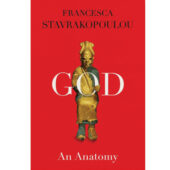

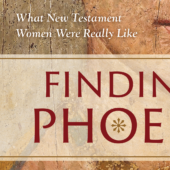
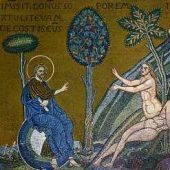




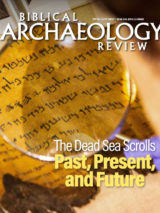


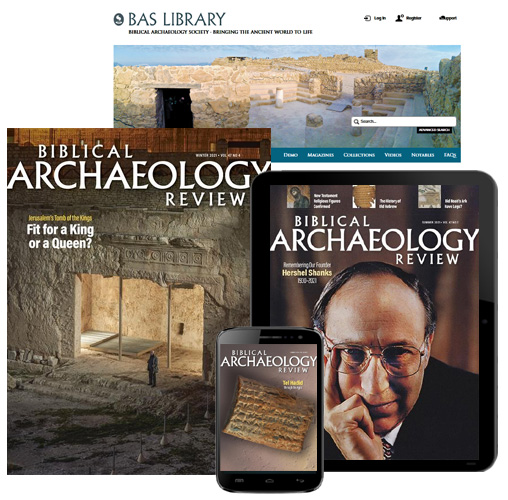
By a RCJH student and San Martin De Porres
Thabks for so.e of this information ,because it gave me some info for one of my church essays.
Jesus was called “Rabbi”, so he was a rabbi, ie qualified to expound scriptures in synagogue, so he must have had the fifteen-year training, presumably at Sepphoris, and then earned his living as a handyman, or “workman”, as did the rabbis of communities too poor to pay for a rabbi. With a fourteen-year interval between census’, he would have been 14 in AD6, and so 30 in AD22.,,Having been born in 8BC, fled to Egypt in 6BC, and returned in 4BC, he and his parents would have been fluent in Greek, as well as whatever was spoken in the temple, where Mary grew up (Hebrew?), and Aramaic. Trained in Aristotelian logic too. (The Healing of the man born by four.)